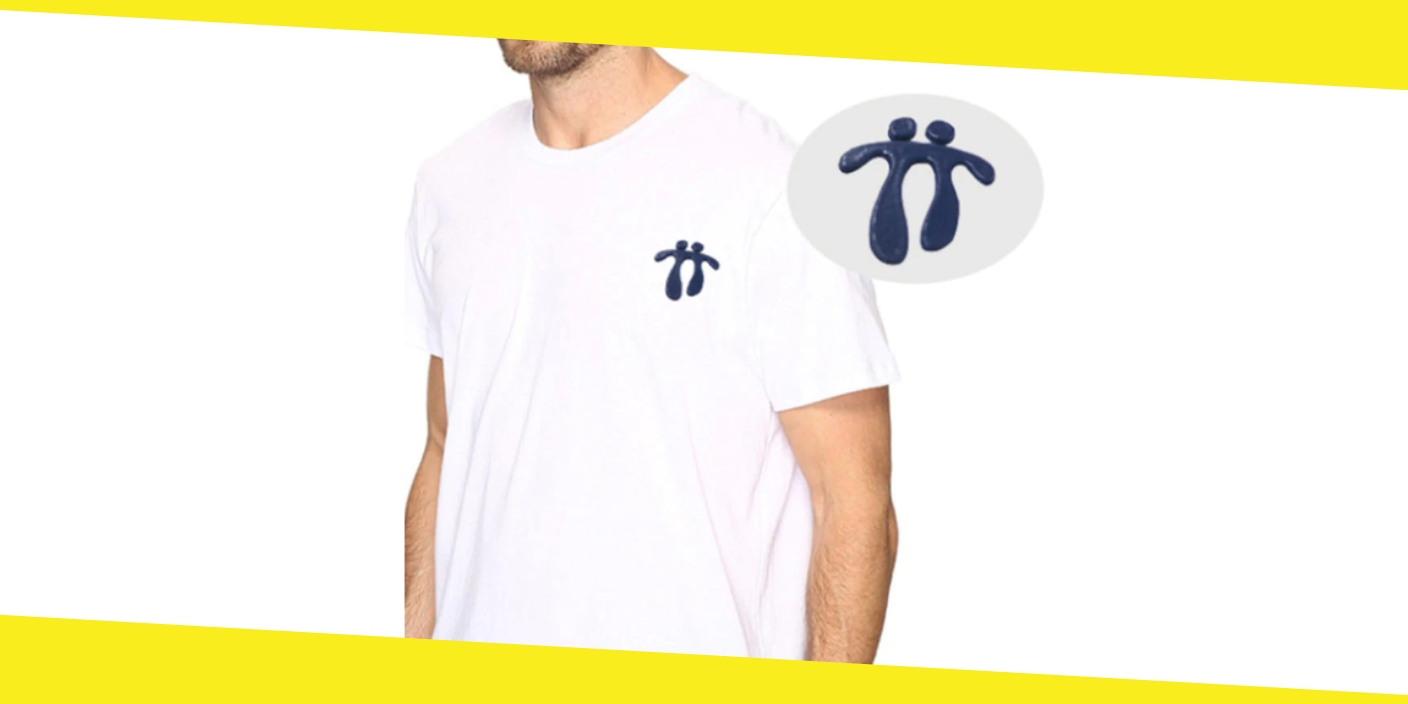Tips for Making Clothes Labels for Your Brand

Nowadays, the fashion business is growing rapidly. This is because so many entrepreneurs open businesses that sell these various types of clothing. One of the most popular is the clothing business. Therefore, if you are also starting a fashion business, especially clothes, you need to know the tips so that your merchandise sells well in the market.
One of the tips you need to know at the beginning of starting a clothing business is making clothing labels for your brand. This is important because if you have started designing a clothing brand for your business, you need an identity that can differentiate your business from similar companies.
It takes work to start something from scratch. However, when you have successfully passed the initial stage of creating something, it can be a clothing business, and you will reap the results very pleasantly. We must ensure that every hard effort will never betray the results.
Regarding tips for making clothing labels for your brand, currently, there are many media that can help you learn about various things. Including making clothes labels. Internet media has become a reliable information provider. For that, if you want to make clothing labels with custom rubber labels or other brands and need help understanding something about it, then you can look for references on the internet to help.
Contents
ToggleThe Importance of Brand Labels For A Product
In essence, making a clothing label creates an identity for what you have produced. So if you are starting a clothing business, whether it’s clothes that you design yourself or only sell other people’s products, but you want to use your brand, then you need something that can show that the item is yours and clothing labels are one of those things. Best suited to form the brand of a shirt.
Tips for making clothing labels for your brand are simple enough. There are lots of things that you can use as a reference in this regard. However, making clothing labels also must be distinct from your creative power. So, you need to consider a concept that differs from the others so that the clothes you sell are easy to remember. Apart from the design contained in the clothes, of course.
Therefore, to make a clothing label for your brand, one person and another requires different tips. This is because everyone has their thoughts and creativity. Accordingly, if you need advice on making clothes labels for your brand, adjust them to your creative power.
How to Make Your Own Clothes Labels
Clothing labels can be made using various materials, such as satin, fabric, and paper. How to make it?
Making clothing labels with your creations will have its value and will be a limited edition for us. With the number of products produced with the same design, you can determine the amount. The clothes labels you make will be the hallmark of each clothing product you market.
For those of you who want to do this, there are several explanations that you can use as references to make clothes with separate labels.
Here are some easy steps to make clothes labels independently, namely:
-
Make Shirt Labels Using Satin
Clothing labels can be made using satin as the primary raw material. This is because clothing labels made of satin have a smooth and soft texture. In addition, satin fabric is suitable to be used as a clothing label because it will not make it itch when worn.
Clothing labels with satin material can be made in large quantities using the help of specific machines. However, there is nothing wrong with making your clothing labels from satin. You can use satin ribbon or satin fabric as the primary material choice. This design can be made yourself using the help of various types of graphic design applications. For example, Photoshop, Canva, PicsArt, Pixellab, Corel, and other graphic design applications.
-
Make Shirt Labels Directly
Making your clothing labels can also be done with a simple screen printing method directly on the clothes. That is, the label is attached to the inner shirt and is usually located on the inside of the collar or neck of the shirt. This method is the same as the previous method, but there are slight differences. The difference lies in the use of cloth for the label.
This second method does not require additional satin or other types of fabric to print clothes labels and sew them on the clothes. You only need to print the label directly on the inside of the neck or collar. So, logos or shirt labels from transfer paper are directly printed or screen-printed on the clothes.
-
Make Shirt Labels Using an Embroidery Machine
Clothing brand labels can be made with the help of machines. The clothes label-making machine can be an embroidery machine. This tool is perfect for creating embroidered custom leather label. The type of embroidered clothing labels will, of course, be more durable and long-lasting. Embroidered clothes labels also look neater and more likable.
-
Make a Hang Tag Clothes Label from Paper
Clothing labels can also be made using paper materials. Clothes labels made of paper are usually called hang tags. The material for making hang tag clothes labels can be cardboard, PVC, or slightly thick plastic with a complex and somewhat rough texture.
-
More Ways to Create Shirt Labels
Clothing label designs can be made yourself using various applications or graphic design software. After finishing the shirt label design, you only need to print it. Printing or making clothing labels can be done in several ways beforehand.
In addition, another way to print or make clothing labels is to use a clothing label printing service. You can choose aseefashion to get quality clothing label prints at affordable prices. This method is quite effective and efficient because we are a heat transfer labels manufacturer with experience in this field and have created many designs for various brands.
We also provide HTL labels and many other label type preferences. For further questions, don’t hesitate to get in touch with us!
Recommended For You
Best Tips to Wear a Crop Top
Most Inside
Most Inside offers high-quality recommendations and valuable updates to enhance all aspects of your life, providing premium guidance and enriching experiences.




